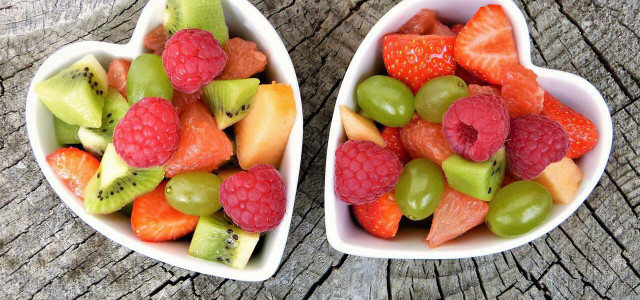If you are suffering from diabetes, understanding the glycemic index of fruits will help you enjoy nature's natural boosts safely.
Mother Earth offers us an abundance of healthy foods and many of them come in the form of carbohydrates. Fruits, vegetables, grains and seeds all contain varying amounts of carbohydrates, and the human body digests these into sugar, or glucose. As a diabetic, your body cannot process glucose in the blood very well. Even for those that do not have diabetes, high blood glucose levels increase the risk of developing diabetes and other health complications. So, let’s look at how the Glycemic Index (GI) can help you develop and maintain a healthy relationship with nature’s bounty.
The index was developed in the early 1980s by a Canadian professor called Dr. David Jenkins to help people with diabetes select healthy sources of carbohydrates. It does not tell us how much glucose a fruit or food contains, but refers to the fact that not all carbohydrates and fruits are equal when it comes to how we digest them. Some contain simple sugars, while others fall into the complex sugar group. And yes, you’ve probably guessed it, the body processes them differently. We break down simple sugars quickly, meaning the level of glucose in the blood will spike more rapidly after we eat them. Complex sugars take longer to digest and are associated with a more sustained release of glucose and healthier outcomes.
How Low Can You Go?
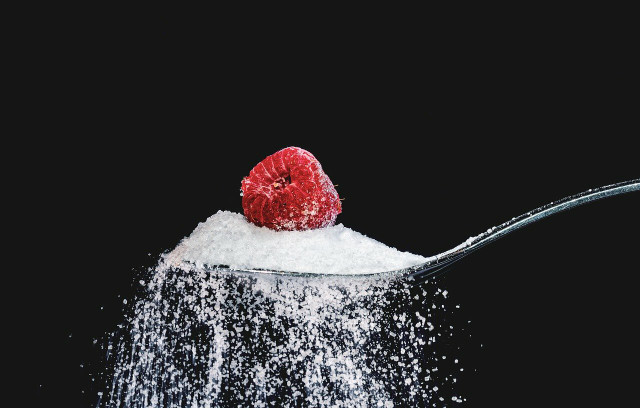
(Foto: CC0 / Pixabay / Myriams-Fotos)
If you are suffering from diabetes, or are interested in managing your blood glucose levels, you should be aiming for that slow, gradual release of glucose from fruits rich in complex sugars. These are what we call low GI, meaning these fruits rank on the lower end of the Glycemic Index. High GI fruits are rich in those simple sugars that are quickly broken down and rapidly elevate blood levels. Pure glucose is ranked at 100, so each food is ranked in comparison and awarded a score.
The three GI ratings are:
- Low: 55 or below
- Medium: 56–69
- High: 70+
12 Fruity Favourites Below Fifty
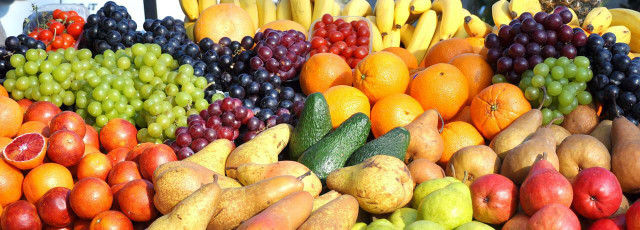


(Foto: CC0 / Pixabay / szjeno09190)
One portion of fruit per meal is generally recommended for diabetics and making that choice is a low GI one will optimize your blood sugar control. Naturally-grown, organic products will provide a much higher level of vitamins, minerals and antioxidants, as well as a more sustained release of glucose than those that have been processed. And if you would like the planet to experience the same health benefits as you, try to select locally-sourced, organic produce without extra packaging. Look for organic labels to make good choices the planet, and follow our guide to the top 12 low GI fruits to find the best options for your health.
1. Avocados: GI 40
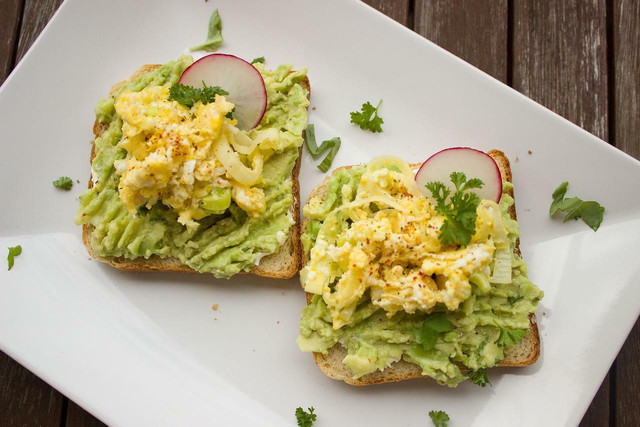


(Foto: CC0 / Pixabay / Einladung_zum_Essen)
Yes, they are a fruit. They are also our first recommendation for a low GI diet and a mega boost for the body. Avocados are unlike most fruit and veg in that they do not contain huge amounts of carbohydrates and are primarily made up of fat; the healthy, polyunsaturated kind. They are also excellent sources of vitamins and many essential minerals. Adding avocado to your diet has actually been found to lower the risk of cardiovascular disease in some studies. Taking simple steps, like replacing butter on toast with some mashed up green goodness, may reduce the risk of developing such disorders,. It will also help you reduce your dairy consumption and protect the planet. Despite the avocado’s association with soil depletion and water consumption, it still poses a lower environmental risk than animal products.
2. Cherries: G1 20-22
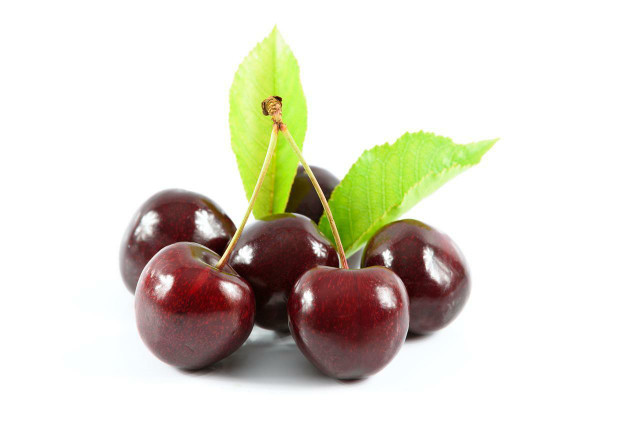


(Foto: CC0 / Pixabay / PhotoMIX-Company)
There is ongoing research to suggest that cherries may aid blood glucose control and help in the management of diabetes itself. According to The British Diabetic Association, a small portion is 14 cherries. This summer favorite is not in season very long though, so fresh and organic options can be difficult to find. If opting for the canned variety, it is important to check for added sugar that will sky-rocket the GI score of your snack or meal. Cherries are sweet and tasty, loaded with immune boosting nutrients like vitamin C, fiber and potassium, and their low GI score is really just the cherry on top. If you are trying cherries or any fruits on our list for the first time, check your blood glucose level before and after eating to monitor your tolerance.
3. Apples: GI 39
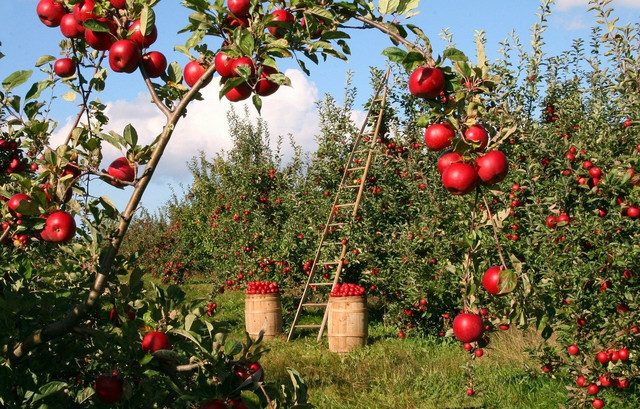


(Foto: CC0 / Pixabay / lumix2004)
A recent review in the American Journal of Clinical Nutrition found that replacing the sugars glucose and sucrose with the simple sugar fructose resulted in lower levels of sugar and insulin in the blood after meals. The good news is that apples are full of fructose, as well as fiber and an array of vitamins and minerals. Associated with reduced inflammation and many other health benefits, apples are also good for feeding healthy gut bacteria. Try them in a vegan apple pie (although be sure to watch the sugar).
4. Grapefruit: GI 25
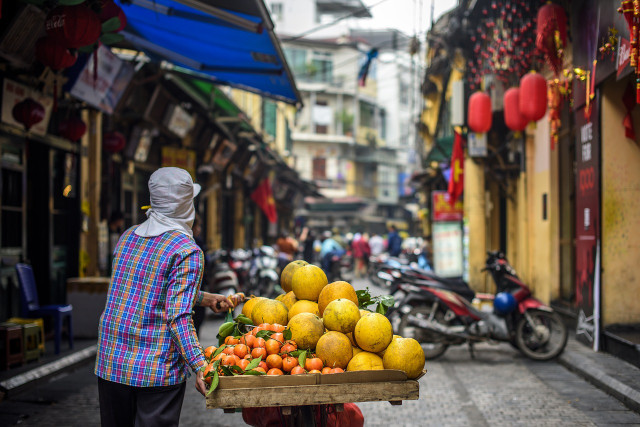


(Foto: CC0 / Pixabay / TuanAnhNgo)
Grapefruit pops up everywhere in relation to low GI fruits because of its low score and membership among the citrus family. In studies of mice, drinking grapefruit juice actually improved insulin resistance and blood glucose control better than some pharmaceuticals. Rich in fiber and flavonoid antioxidants, the major caution with grapefruit is that it does interact with several commonly prescribed drugs. If you are taking any medication, particularly for diabetes, it is important to discuss food choice with your healthcare provider or pharmacist.
5. Pears: GI 38
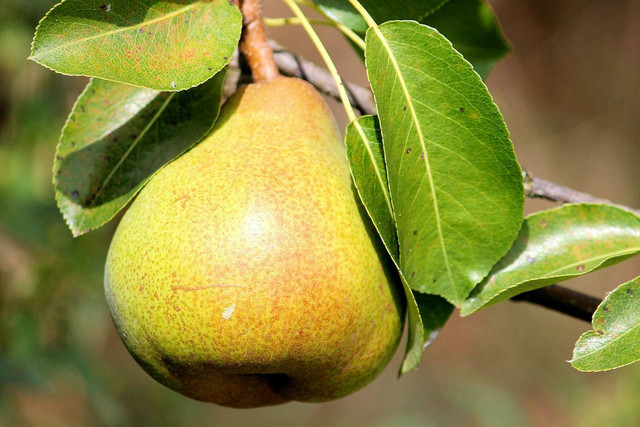


(Foto: CC0 / Pixabay / hansbenn)
What’s not to love about the pear? They are low GI, only 100 calories, packed with vitamins, minerals and fiber, and are exceptionally versatile in the kitchen. Pears can be grilled, poached, baked, or picked up and eaten, which makes them an ideal option for any diabetic or healthy diet. If fresh options are unavailable, look out for hidden added sugar if selecting dried or canned substitutes. Diabetics can tolerate a small or medium-sized pear without erratic spikes in blood sugar.
6. Oranges: GI 33-40
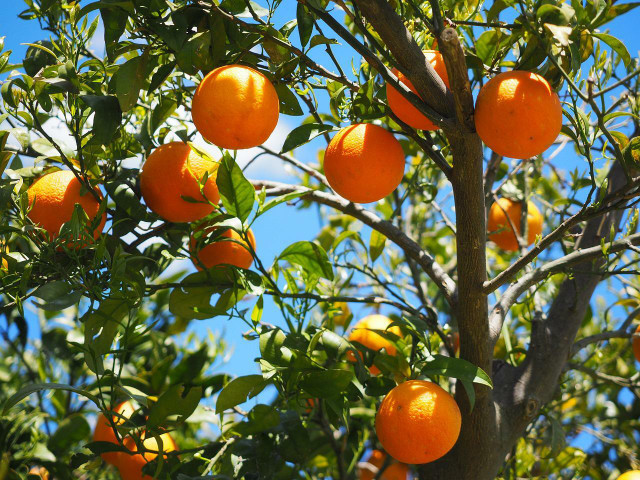


(Foto: CC0 / Pixabay / Hans)
One of nature’s natural detoxifiers, the orange is a refreshing favorite. Packed with vitamin C and a whopping dose of fiber (most of which is absent from orange juice), the American Diabetes Association lists this and other citrus fruits as a diabetic super food. The citrus fruits are often part of medicinal and herbal remedies, and renowned for their healing properties. With more than 170 phytochemicals and antioxidants, grab these tasty spheres of goodness when in season and enjoy the cleansing and immune boosting benefits all year round.
7. Apricots: GI 32
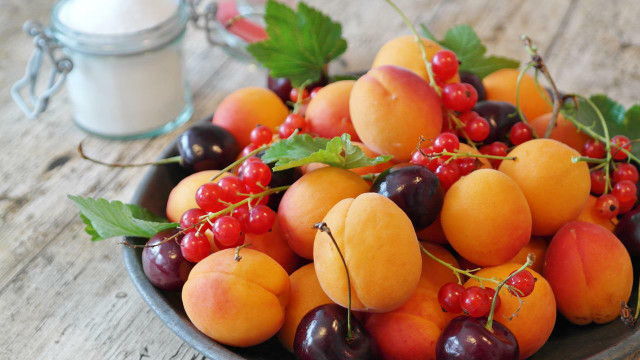


(Foto: CC0 / Pixabay / RitaE)
Whether fresh or dry, apricots are a tasty delight from the lower end of the Glycemic Index. The sweet and delicate taste of an apricot can relieve that familiar sugar craving in a healthier fashion than many other sweet alternatives. The key is managing portion size, as dry fruit can be packed with carbohydrates.
The nutrient content of dried and fresh fruit is similar, the major difference is that water removal has made the dried fruit a more concentrated version, which is why dried fruit can often rank higher on the Glycemic Index. Apricots however, can rank as low as 30 when dried. The benefit of dried fruit for diabetics, which is recommended by the American Diabetic Association, is that this fruit still contains the natural fiber, which slows the absorption of glucose. Unfortunately, apricots bruise easily as they are usually picked before ripening and don’t do so very well off the tree. That’s just one reason to buy locally-sourced and organic as much as possible.
8. Passionfruit: GI 30



(Foto: CC0 / Pixabay / RitaE)
Who wouldn’t welcome some passion into their life? Any kind that is reported to improve heart health, improve sleep, boost immunity and promote bone mineral density is certainly the kind we all need and for the diabetic in particular, passionfruits have an array of pros and very few cons. It is even associated with improved vision. Loss of vision is a common and much feared side-effect of diabetes.
The fruit is regularly squeezed for its juice and added to other juices to improve their flavor or add a splash of that tropical, exotic taste. Diabetics are recommended to consume the fruit in its whole state rather than as juice however, because juice is digested and absorbed much faster.
9. Peaches: GI 42
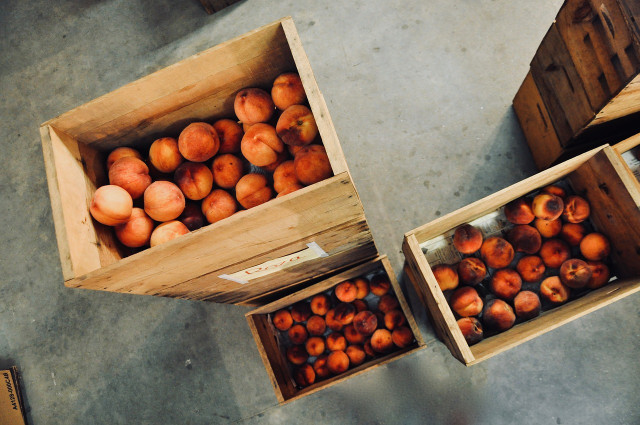


(Foto: CC0 / Pixabay / dariasophia)
Peaches are succulent, juicy and packed with vitamin C, vitamin A, iron, potassium. Containing only 50 calories, this fruit smells as good as it tastes. Although the peach is considered sustainable by many authorities, others argue that it is associated with high levels of pesticide and herbicide use, so always check the label. As with all whole foods, buying certified organic, non-GMO is the healthiest way to better health and wellbeing.
10. Guava: GI 12-24
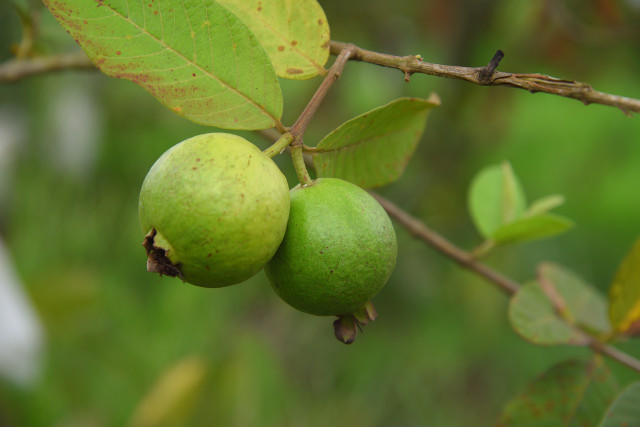


(Foto: CC0 / Pixabay / HuyNgan)
Rich in essential vitamins and minerals, guava is associated with a wealth of health benefits, including inhibiting the absorption of some sugars. Guava leaves and guava leaf tea are often part of herbal and natural diabetic remedies. Beating oranges hands down with a whopping four times more vitamin C, green guava goodness might be the immunity boost your body needs to improve your diabetes and overall health. Guava’s winter season makes it an excellent fruit source when many other fresh friends are unavailable.
11. Plums: GI 24-40
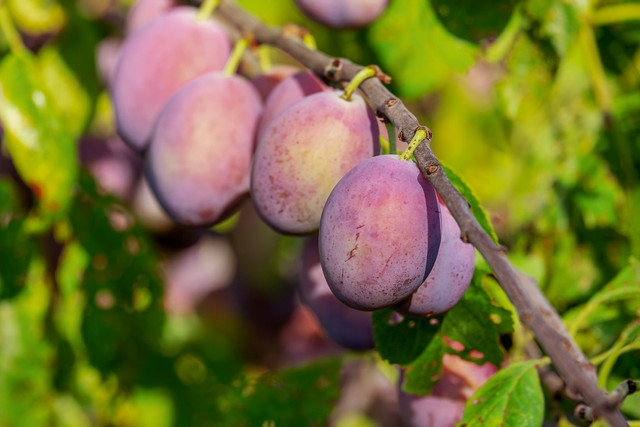


(Foto: CC0 / Pixabay / Couleur)
The good news is that these fleshy powerhouses are not only nutrient dense, but also relatively sustainable. They are native to a variety of countries and inflict no known significant damage to air, water, land, soil or the environment (provided they are grown organically). Plums are fat-free and in season from May-September. Dried plums, or prunes, are nutritionally similar and rank even lower than fresh plum on the Glycemic Index. They are also an ancient and effective remedy for constipation.
12. Strawberries: GI 40
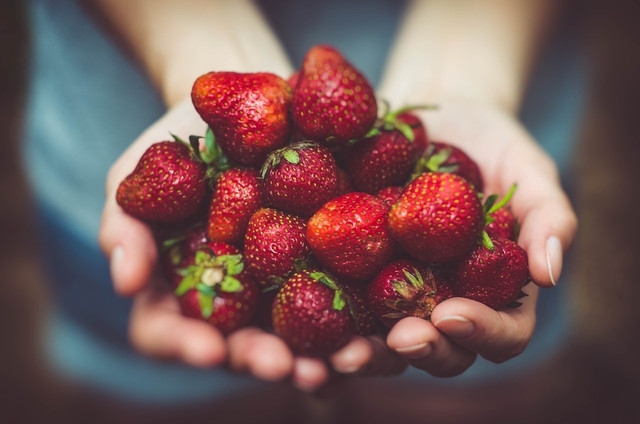


(Foto: CC0 / Pixabay / Pexels)
This sweet and colorful beauty looks as good as it tastes, and can be added to anything from a superfood smoothie to a glass of champagne. It can be planted in an apartment and is included in the diabetic superfood list due to its low GI ranking, high fiber content and nutrient-dense make up. One cup of strawberries has more vitamin C than a whole orange and contains only 56 calories, making it a perfect option for those with a sweet tooth. Strawberries are also rich in magnesium as well as many other vitamins and minerals.
There is always a catch however, and unfortunately our attractive little berry is among the least sustainable foods, being named among the Environmental Working Group’s “dirty dozen” due to its association with high pesticide use. So unless certified sustainable and organic, perhaps these treats should remain in the champagne category of special occasions only! Regardless of the occasion, as a diabetic, you can enjoy many tasty, low GI fruits from nature’s forests every day without worrying about blood glucose spikes and diet control.
Read more:
- These 6 Foods are the Worst for the Environment
- 10 Foods With High Fructose Corn Syrup You Didn’t Know About
- 14 Natural Sweeteners: Are These Sugar Alternatives Really Healthy?
Important Information regarding Health-related Topics.
** Links to retailers marked with ** or underlined orange are partially partner links: If you buy here, you actively support Utopia.org, because we will receive a small part of the sales proceeds. More info.Do you like this post?






